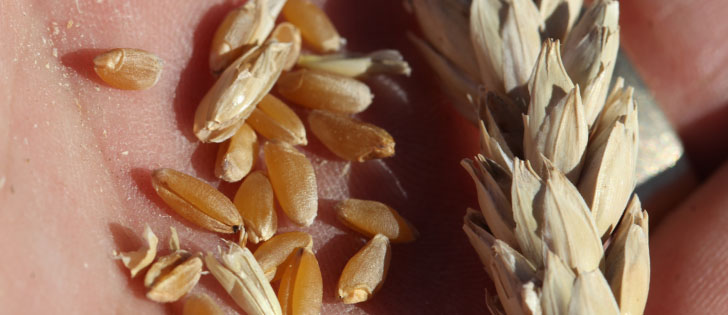Manitoba was number one among the western provinces with a 5.5 percent increase in farmland values in the first six months of 2009.
In fact, Manitoba led the way during the past 18 months, with an increase of 16.7 percent.
Farm Credit Canada’s semi-annual land value survey for the period Jan. 1 to June 30, 2009, also indicated a 3.4 percent increase in Saskatchewan, a one percent increase in Alberta and 0.7 percent decline in British Columbia.
The greatest provincial gain in the country was in New Brunswick, where land values increased by 5.6 percent.
Read Also

Why feds imposed EV tariffs
Moe and Kinew have a fight on their hands when it comes to eliminating the EV tariff. Canada has to worry about pissing off the U.S. and Mexico and hundreds of thousands of auto workers.
Rick Strott, FCC’s spokesperson in Manitoba, said a number of factors came together to produce the 5.5 percent rise in Manitoba land values.
“I think the biggest thing is interest rates, which have been low for a while now, and as a result the cost of ownership is similar to or lower than renting,” he said.
At the same time, there is a pent-up demand for land.
“People have been wanting to expand for years.”
Good commodity prices in the fall of 2008 carried through to the winter and spring of 2009. Production costs, notably fertilizer and fuel, were down. As a result, buyers have been in the market.
Some areas of the province missed out on the positive trend, such as the wet Interlake region and the dry southwestern part of the province.
Cropland led the way in price increases, while land values were flat in areas where beef production dominates.
Strong demand
Strott said the market remains strong this fall, as interest rates and lower costs have carried through and commodity prices have only recently dropped.
Here’s what the FCC report said about the other western provinces:
n In Saskatchewan land values rose by 3.4 percent, down from an 8.8 percent increase in the previous six month period. Fluctuating commodity prices have slowed the demand for agricultural land, according to the report.
The biggest rise was in the northwest, because lots of good quality land was on the market. In the northeast, land values were flat due to the large number of cattle operations and weather issues.
Across the south, good crops and oil and gas activity contributed to small increases.
The province remains attractive to investor groups and out-of-province buyers, who view prices as reasonable compared with other locations.
n Alberta prices increased by a modest one percent, compared with a 2.2 percent increase in the previous reporting period.
Large price fluctuations in agricultural commodities as well as oil and gas created uncertainty in the land marketplace.
Urban sprawl has also slowed down somewhat, reducing upward pressure on land adjacent to large cities.
n British Columbia saw a decline of 0.7 percent in farmland values, after an increase of 2.3 percent. It’s the first decrease since 1999.
Property remained on the market for extended periods, as sellers were not willing to drop their prices and buyers stayed out of the market.














